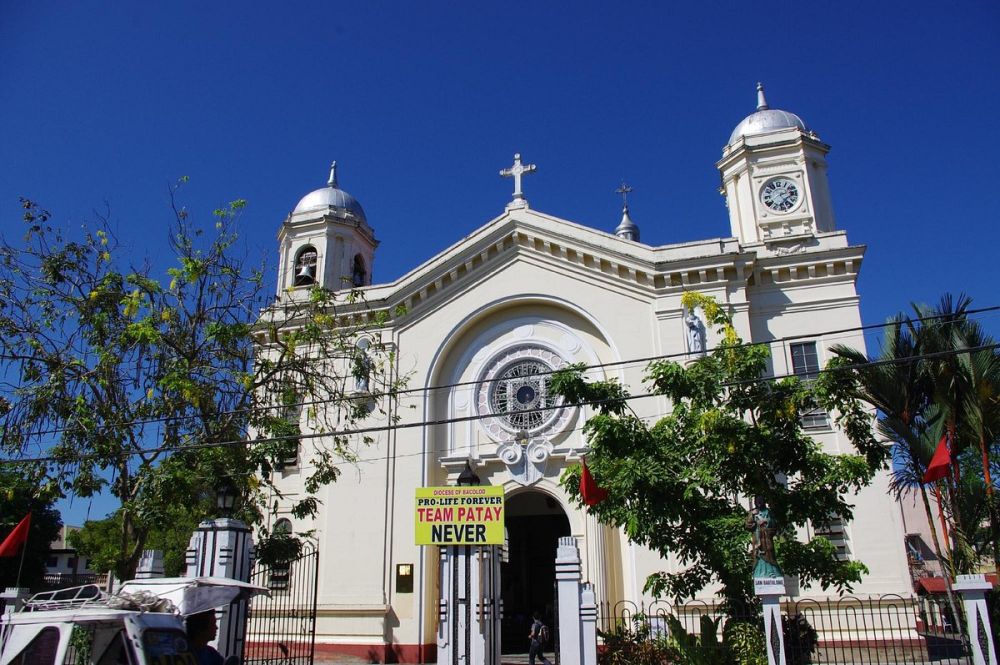

The San Sebastian Cathedral in Bacolod City stands as a historical and architectural landmark, deeply ingrained in the cultural fabric of the city. The cathedral's roots trace back to its foundation year in 1876, serving as a testament to the Spanish influence on Filipino religious life. As the seat of the Roman Catholic Diocese of Bacolod, it has been a focal point for Catholicism in the region, drawing both the faithful and tourists interested in its historical significance and enduring beauty.
Originally built as a small church made of wood and thatch, the San Sebastian Cathedral underwent several renovations to become the grand structure it is today. The transformation to a cathedral happened in 1933 when it was elevated to the status of a diocesan seat during the papacy of Pius XI. Over the years, the cathedral has survived natural disasters and the tumults of history, including the Second World War, in which it remained a beacon of hope for the locals.
The cathedral's role as a tourist attraction grew alongside Bacolod's development as a city. With its coral stone walls and Romanesque façade, San Sebastian Cathedral invites visitors to explore the rich history of the region. Its religious artifacts, stained glass windows, and the century-old bells imported from England in the 19th century, are significant draws for those interested in cultural heritage.
In recent years, the tourism sector in Bacolod has seen a resurgence with the bolstering of attractions around San Sebastian Cathedral. Efforts to preserve the cathedral and improve the surrounding areas, such as the Bacolod Public Plaza, have made the location more tourist-friendly. The city celebrates the annual MassKara Festival, which brings vibrant energy to the cathedral's steps with street dances, elaborate costumes, and a palpable sense of local pride.
Eco-tourism and heritage tours are becoming increasingly popular, with visitors looking to experience both natural attractions and historical landmarks within a single trip. Bacolod City, including the San Sebastian Cathedral, often features in such itineraries, offering a blend of urban exploration and cultural immersion. Social media and digital marketing have also influenced the way tourists discover and interact with historical sites, placing locations like the cathedral on the digital map for potential visitors around the world.
When planning a visit to the San Sebastian Cathedral, travelers can take advantage of local guided tours that provide insights into the church's historical and architectural significance. Visitors are encouraged to respect the sacred nature of the site, ensuring proper decorum during mass services and when touring the cathedral.
As a cornerstone of Bacolod's historical and cultural landscape, San Sebastian Cathedral continues to be a symbol of the city's heritage, a site of spiritual nourishment, and a captivating destination for tourists from across the globe. Its presence in Bacolod is a bridge between the past and the present, inviting all who visit to partake in the storied journey of this remarkable landmark.